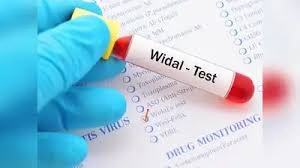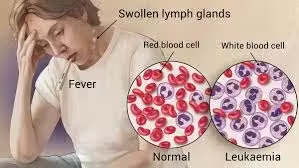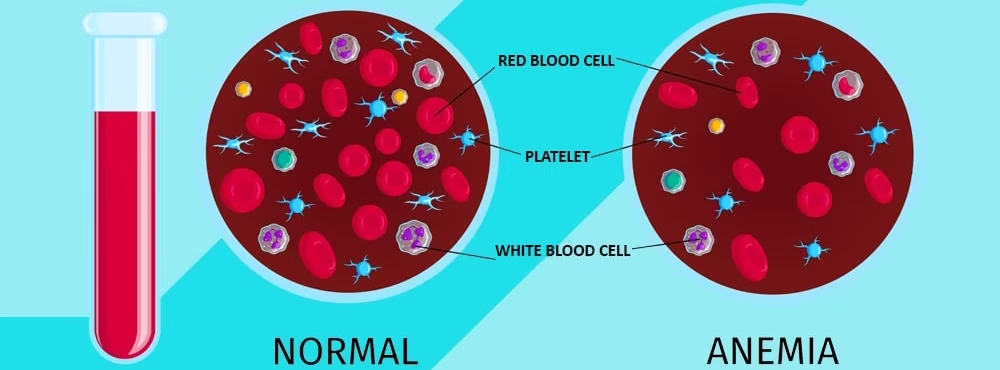
Introduction The Widal test is a serological diagnostic method widely used to identify typhoid and paratyphoid fevers, collectively known as enteric fever. The bacteria Salmonella typhi and Salmonella paratyphi cause these diseases. The Read More …
Simplifying Allied Health Learning.

Introduction The Widal test is a serological diagnostic method widely used to identify typhoid and paratyphoid fevers, collectively known as enteric fever. The bacteria Salmonella typhi and Salmonella paratyphi cause these diseases. The Read More …

Leukaemia Leukaemia is a type of cancer originating in the hematopoietic tissues, particularly the bone marrow, leading to the overproduction of abnormal white blood cells (leukocytes). These leukemic cells can Read More …

Immunity to Viral Infections Immunity to viral infections involves the body’s defense mechanisms, which work together to recognize, neutralize, and eliminate viruses that invade the body. The immune response is Read More …

Introduction Haemolytic anaemia occurs when red blood cells (RBCs) are destroyed prematurely at a rate faster than they can be produced by the bone marrow. Normally, RBCs have a lifespan Read More …

Introduction Iron deficiency anaemia occurs when the body’s iron stores are insufficient to meet the demands of red blood cell (RBC) production. Iron is a critical component of haemoglobin, the Read More …